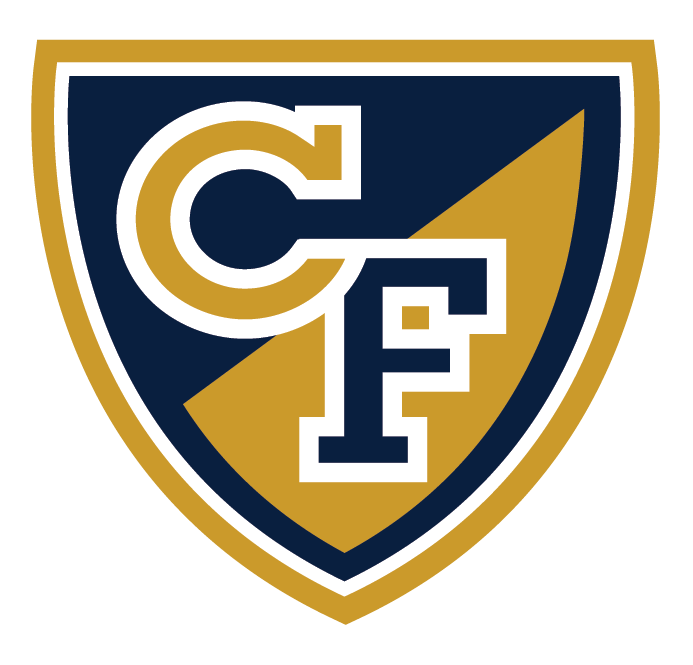Mission
The mission of the Virtual Learning Academy Charter School (VLACS) is to “use the latest technology to provide [their] students with anytime, unlimited access to a rigorous, personalized education that helps students learn today, graduate tomorrow, and prepare for the future.”
Demographics
VLACS serves a large population of 12,000 full-time and part-time students. Around nine percent of students receive free or reduced-price lunch. Nearly five percent of students identify as Latine, and around one percent of students identify as Black.
Experience Overview
VLACS is a nonprofit charter school in New Hampshire that offers elementary, middle, and high school programs to any student under the age of 21 who has not yet earned a high school diploma. K-12 students who live in New Hampshire can attend the school free of charge while students who reside outside of the state or country must pay tuition. During the pandemic, VLACS was the “go-to” solution for most New Hampshire districts that were seeking a virtual learning option.
VLACS prepares students to be independent learners by offering a flexible education where students can choose when and where to take classes. Students customize their learning experience according to their interests, talents, or passions. The school’s flexible learning journeys include asynchronous courses, projects, experiences, teams, internships and college-level courses. By selecting any combination of these options, students are able to customize their own learning path.
All full-time students also work closely with an advisor (certified counselors hired by VLACS) who helps them determine a weekly structure and offer support throughout their time at the school. During a student’s tenure at VLACS, the advisor serves as a student’s advocate, coach, counselor, and the primary contact for families. Advisors help students identify and explore interests, talents, or passions and inform course and project selection, internship opportunities, and other offerings to prepare each student for college and career. All students have to earn one credit in advisory by completing the relevant curriculum.
Learning In Action
VLACS uses a competency-based model, which allows students to take ownership over their learning and follow a schedule that meets their unique needs, interests, and learning preferences. Students can earn credits through several learning pathways:
Experiences: Students participate in internships, travel, work, independent learning, entrepreneurship, and/or service learning based upon their interests and talents.
Online Courses: Students can choose from over 300 middle and high school courses to enroll in. All courses are asynchronous and are offered by third-party providers such as Florida Virtual School, eDynamic Learning, and others.
Projects: Students can choose to demonstrate mastery of a competency by solving real-world problems through in-depth research and application.
College Courses: Students can choose to earn college credits while still in high school by enrolling in eStart courses from the Community College System of New Hampshire (CCSNH). These courses can be used to fulfill requirements for high school graduation as well as an associate’s degree in liberal arts at CCSNH campuses.
Full-time students have to earn five credits per year, and it is up to each student to determine when and how they would like to space out those credits over a year. Part-time students can complete one or more credits. Students can gain credit by participating in a traditional course, proposing independent projects, or anything in between. There is no pre-set timetable for a student enrolled in the school’s competency-based program, but rather, students take the time they need to understand and master the course material at their own pace.
Students in the high school program can either earn their diploma, earn credits toward their diploma, or explore an interest that may not be available in a local school or district. Students can also earn badges, which are micro-credentials that allow students to show their qualifications at a smaller scale than a full diploma or degree. Badges are awarded to students who master specific skills and abilities on a clearly defined career pathway, which encourages students to explore potential careers.
Teaching In Action
Teachers are responsible for providing one-to-one instructional support and feedback for students on a regular basis. Since they don’t need to write curriculum or plan each lesson (courses are fully built out through a third-party provider), teachers can focus on supporting students individually and “micro-teaching” for remediation or deeper knowledge. Teachers also conduct 20-30-minute, discussion-based assessments after a student completes each competency, during which they can hone in on whether a student truly understands the material or needs extra support.
In addition to advisors, teachers work closely with students and families to learn about the needs and interests of students, provide ongoing support, and build a strong connection to ensure success for the student’s online journey.
Associated Resources
The strategies below explore some of the best practices used by VLACS, which can be replicated, adapted, and implemented across different school settings.
The following artifacts from VLACS provide illustrative examples of what their teaching and learning strategies look like in action.
Conditions for Success
Learning Materials & Tools: The school partners with several high-quality curriculum providers (e.g., Florida Virtual School, eDynamic Learning) that align to state standards. The school writes competencies for every course and identifies competency assessments for each one, providing a coherent learning experience. The school also offers an academic help desk, which is staffed by certified teachers throughout the week to ensure students can receive help when they need it, regardless of their schedules.
Professional Development & Learning: VLACS hires experienced teachers and puts them through a 16-week professional learning process, during which they communicate with a full-time mentor and must meet a set of pre-developed standards.
Community & Culture: The school’s advisory system allows staff, students, and families to develop strong relationships and center students’ needs, interests, and talents.
Finance & Resourcing: While the school is free for New Hampshire residents, out-of-state or international students pay tuition on a per-credit basis ($1,027.75 per credit) or per-course basis for CCSNH ($1,027.75 per course).
Talent Systems: The school created “development teams” among the teaching staff where instructors are grouped together by specialities, instead of assuming all teachers have the same set of skills.
Time: VLACS allows students to determine their schedules and when they’d like to complete coursework on a daily and weekly basis. They also offer flexibility for students to enroll in courses (e.g., when to start, how many courses to take at one time) over the course of the year.
Change Management: During the pandemic, VLACS became the go-to virtual school for most New Hampshire districts. At the time, VLACS functioned only as a middle and high school, but was asked to pilot grades four and five by the New Hampshire Department of Education. With the addition of so many students and districts, the school quickly and strategically launched a K-5 program for full-time and part-time students to adapt to the circumstances.
Other Key Highlights
The school also provides adult education opportunities. Any adult who is over the age of 21 and does not have a high school diploma can enroll in the VLACS diploma program, earn individual credits, or take courses for enrichment. For adults over the age of 18 who already have a high school diploma, VLACS courses are available for enrichment or individual credits.
Explore More School Models

Map Academy is an alternative public high school in MA that offers students a...

Crossroads FLEX High School serves students in grades 9-12 whose outside...




